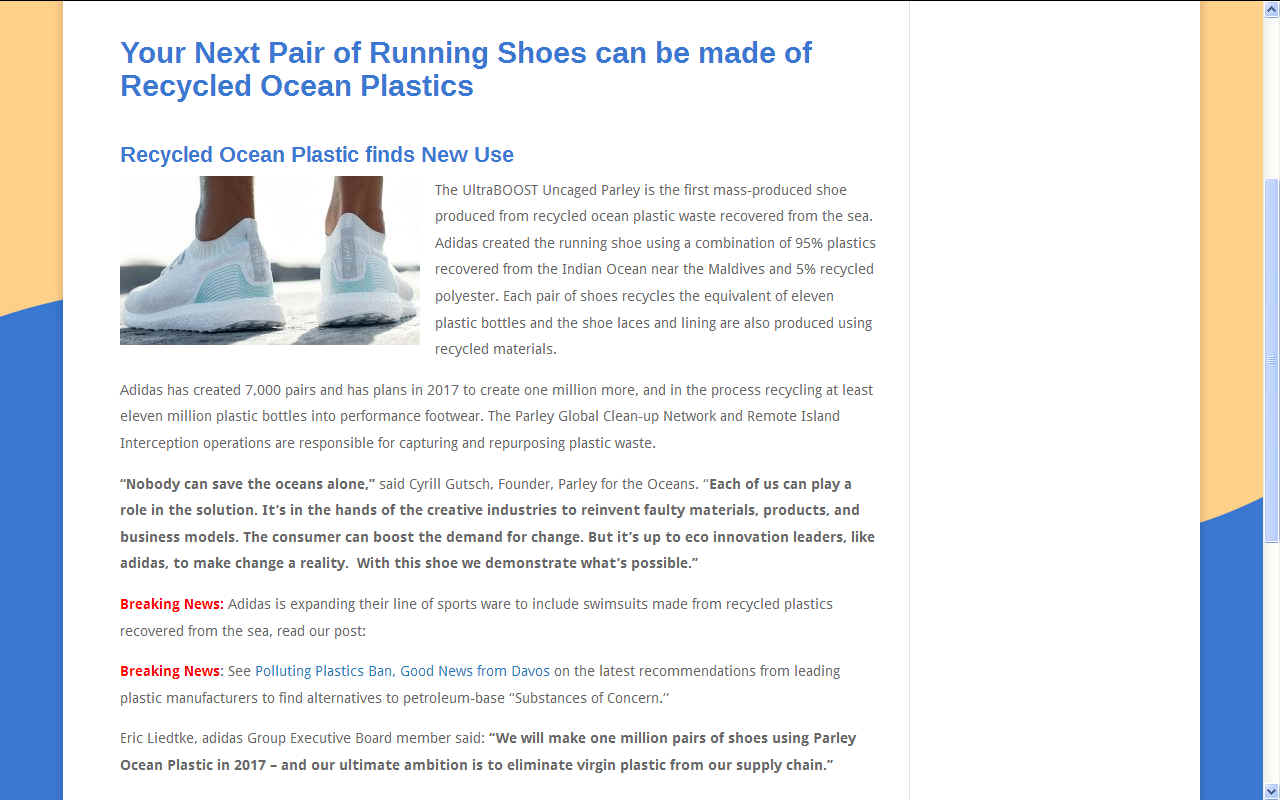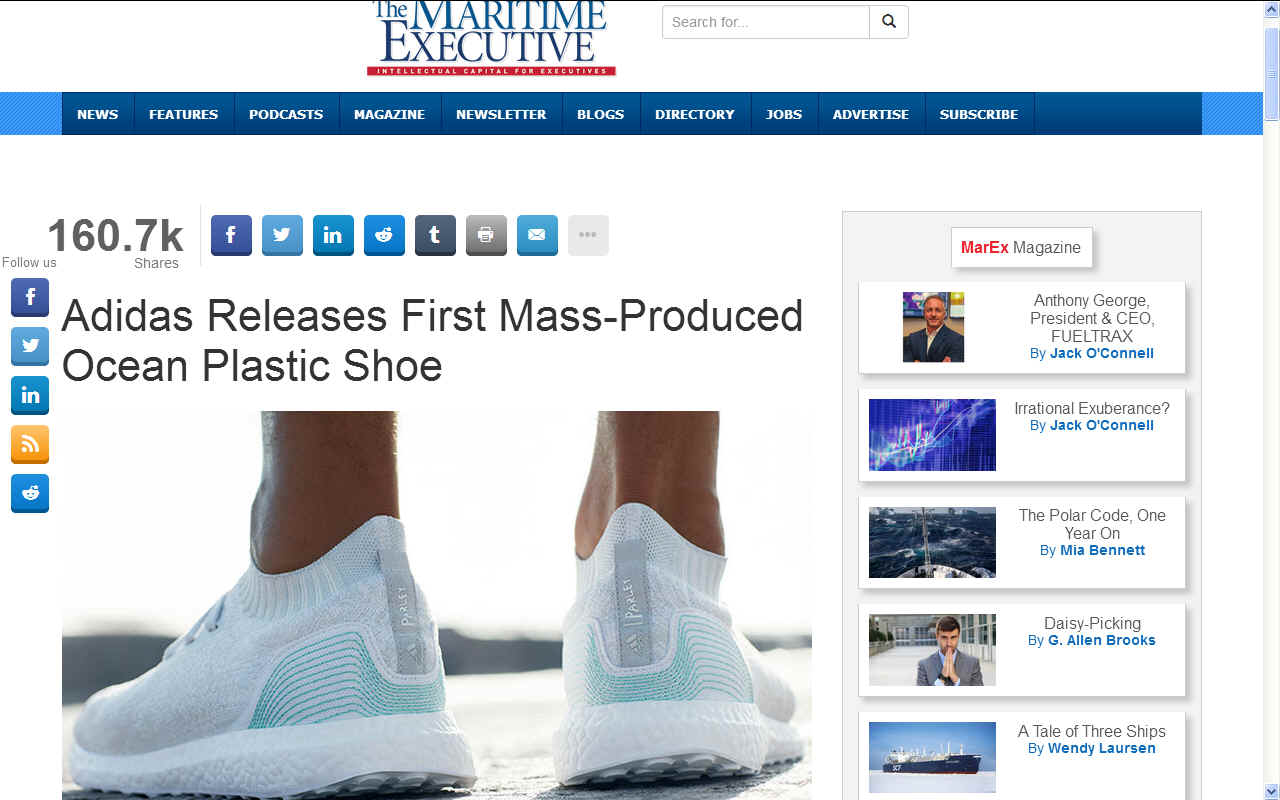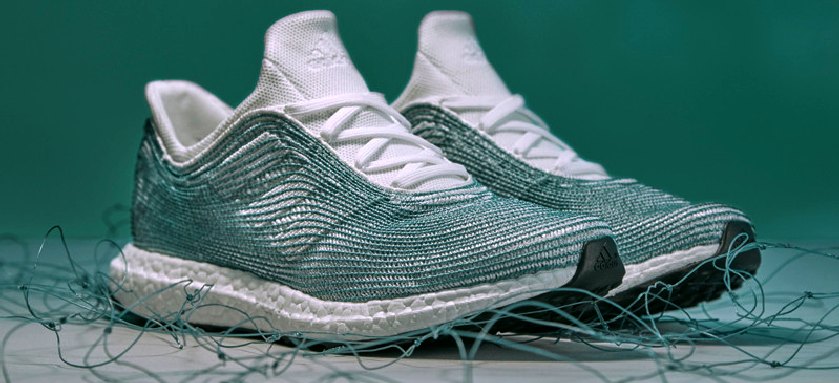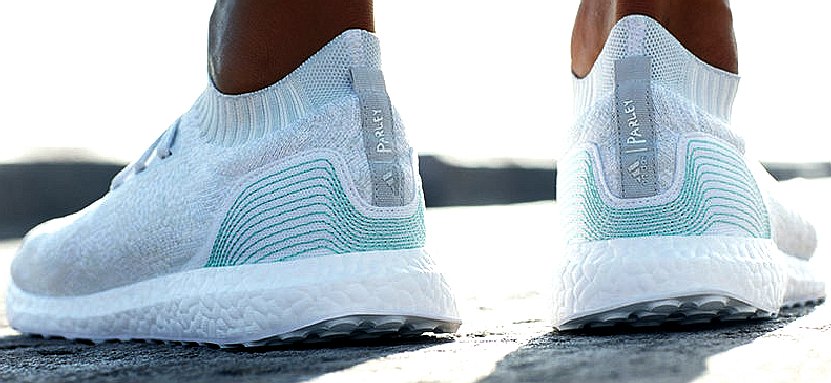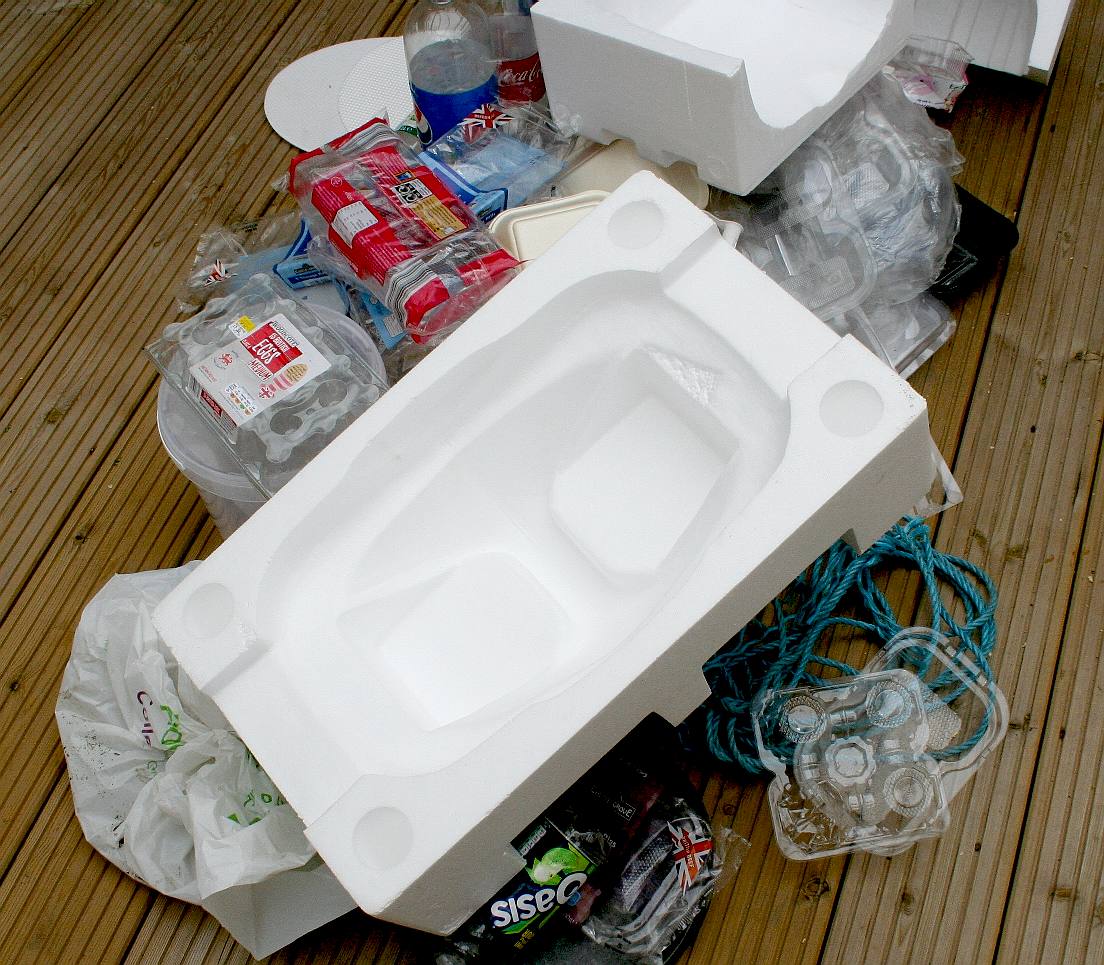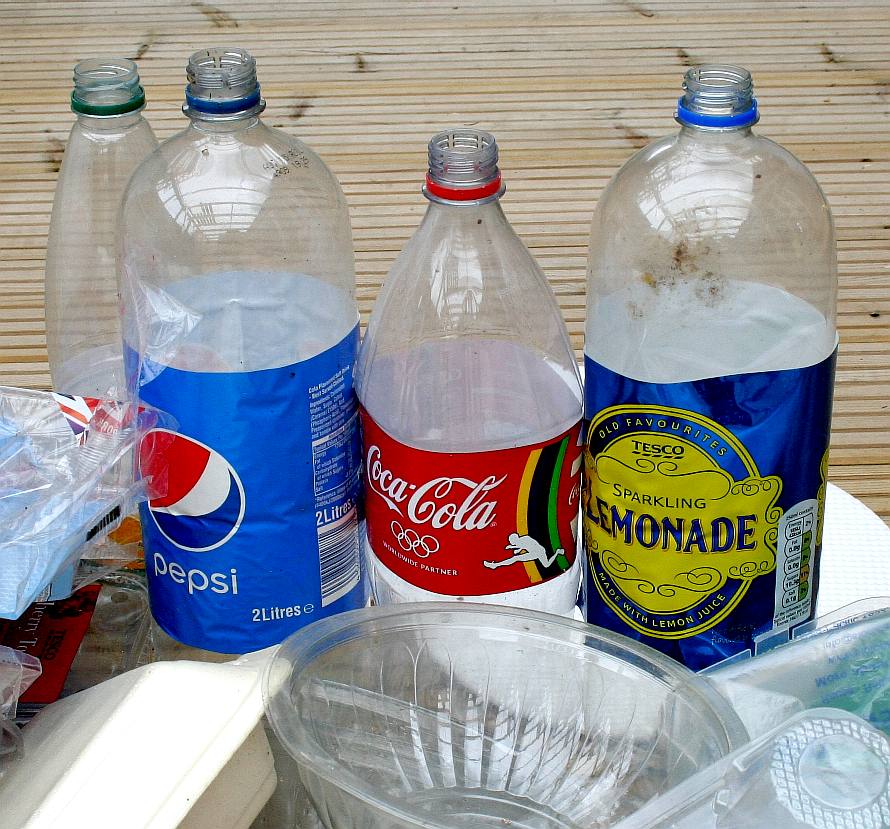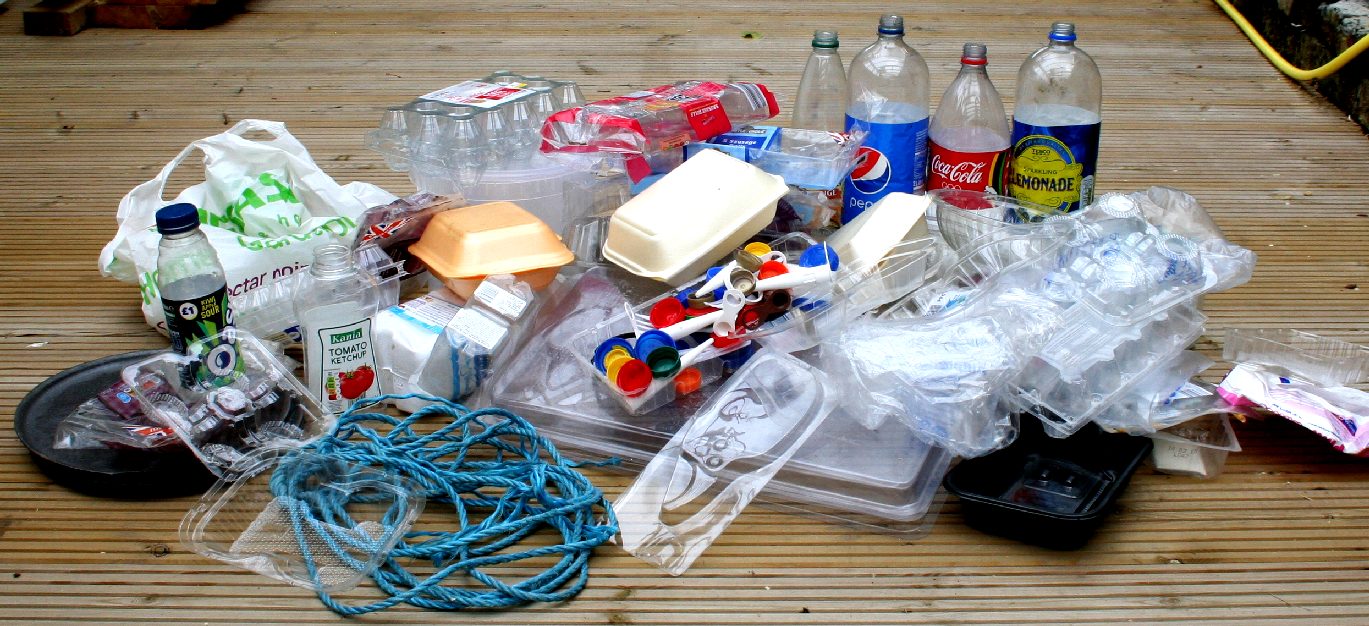|
PLASTIC SHOES
ABOUT - CONTACTS - FOUNDATION - HOME - A-Z INDEX
Traditionally shoes were made from leather and cloth. There is nothing quite like the smell of new leather shoes and there will always be a market for high quality leather products. That said, in a modern world we expect more performance from our footwear, especially in the sports department where modern material can give any athlete or sporting enthusiast a huge advantage in terms of comfort and performance.
Herald the birth of the modern training shoe. Shoes that are made of materials such as rubber and plastics to enhance breathing or cooling and to protect the feet with contoured soles, shock absorption and weight reduction. All of this with style and colour that was not possible with traditional materials.
ADDIDAS
RECYCLED MARINE PLASTIC
“Nobody can save the oceans alone,” said Cyrill Gutsch, Founder, Parley for the Oceans. “Each of us can play a role in the solution. It’s in the hands of the creative industries to reinvent faulty materials, products, and business models. The consumer can boost the demand for change. But it’s up to eco innovation leaders, like adidas, to make change a reality. With this shoe we demonstrate what’s possible.”
Eric Liedtke is the adidas Group Executive Board member responsible for Global Brands.
LINKS & REFERENCE
https://maritime-executive.com/article/adidas-releases-first-mass-produced-ocean-plastic-shoe#gs.YmEh5_M https://blueocean.net/running-shoes-made-recycled-ocean-plastics/
SINGLE USE PLASTICS - This is just a small sample of the plastic packaging that you will find in retails stores all over the world. A good proportion of this packaging - around 8 millions tons a year, will end up in our oceans, in the gut of the fish we eat, in the stomachs of seabirds and in the intestines of whales and other marine mammals. Copyright photograph © 22-7-17 Cleaner Ocean Foundation Ltd, all rights reserved.
ABS - BIOMAGNIFICATION - BP DEEPWATER - CANCER - CARRIER BAGS - CLOTHING - COTTON BUDS - DDT - FISHING NETS FUKUSHIMA - HEAVY METALS - MARINE LITTER - MICROBEADS - MICRO PLASTICS - NYLON - OCEAN GYRES - OCEAN WASTE PACKAGING - PCBS - PET - PLASTIC - PLASTICS - POLYCARBONATE - POLYSTYRENE - POLYPROPYLENE - POLYTHENE - POPS PVC - SHOES - SINGLE USE - SOUP - STRAWS - WATER
This website is provided on a free basis as a public information service. copyright © Cleaner Oceans Foundation Ltd (COFL) (Company No: 4674774) 2018. Solar Studios, BN271RF, United Kingdom. COFL is a charity without share capital.
|
